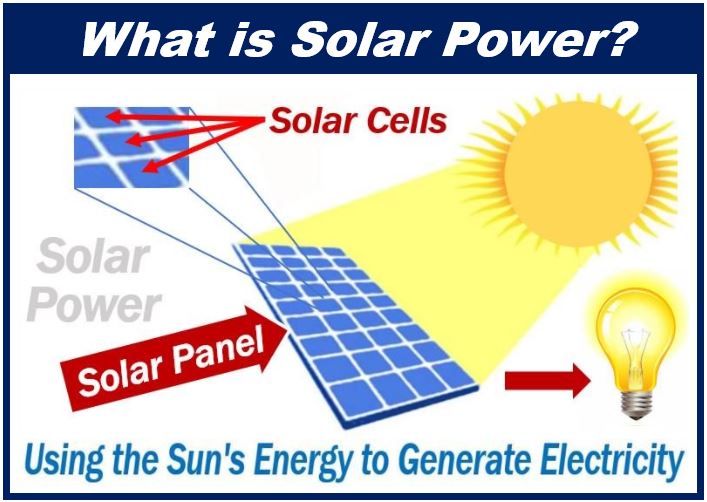Going solar is something everyone should do. The sun provides around 1370 watts of power for every square meter over a 24-hour day on the earth, which is more than we could ever use.

The decision of how you utilize solar energy should be based on your personal preferences. One of the best options is the solar leasing service.
So, what is a solar lease? How is it different from a power purchase agreement, a home-ownership agreement, or a solar loan?
Let’s explore by answering these questions and more.
Solar Leasing Services
Solar leasing services are a type of third-party financing for solar PV systems. Solar leases are long-term contracts, usually 20 to 25 years, in which a solar developer owns, operates, and maintains the solar PV system on your property.
Solar leasing services provided by companies like Blue Raven Solar sells you the electricity generated by the system at a fixed rate that is typically lower than your current utility rate.
Solar leasing services can make going solar more affordable for homeowners and businesses who do not have the upfront cash to purchase a solar PV system. Solar leasing services provide an opportunity for those who want to go solar but don’t want to purchase the equipment outright.
Solar leasing companies own, maintain, and operate the solar panels and equipment installed on your property. In exchange for rent or monthly payment, they agree to provide all the power you need from the sun.
Solar leasing services have become increasingly popular in recent years as the cost of solar has come down, and the solar industry has matured.
Disadvantages of Solar Leasing Services
There are a few disadvantages of solar leasing services. If you have bad credit or are in bankruptcy, leasing companies may require a higher deposit or may not allow you to lease.
Solar leasing companies typically require sunlight exposure on your property, which may not be possible if trees or other structures shade your house.
If you decide to sell your property, you may have to buy out the lease agreement, which can be expensive. Finally, if the leasing company goes out of business, you may be stuck with a solar system that you can’t use or remove.
Future of Solar Leasing Services
As the world progresses, the demand for efficient and sustainable solar leasing services will continue to increase. Solar leasing companies can provide long-term contracts that allow customers to lock in energy rates.
These companies will continue to grow in popularity as more and more people become interested in sustainable living. The future of solar leasing services looks bright, and we can expect to see even more innovation and advances in the industry in the years to come.
Benefits of Solar Leasing Services
Solar leasing services are financing that allows homeowners and businesses to lease solar panels. The benefits of solar leasing services include lower monthly payments, no money down, and fixed interest rates.
Solar leasing services also offer a variety of other benefits, such as solar panel maintenance and monitoring, insurance, and rebates.
How Solar Leasing Services Work
Solar leasing services are becoming increasingly popular as a way to finance the installation of solar panels. Under a solar lease, a homeowner or business owner pays a fixed monthly rate for solar electricity, typically for 15 to 20 years.
The lease is structured so that the monthly payment is lower than the expected monthly savings from using solar electricity. The solar leasing company owns the solar panels at the end of the lease. Solar leasing companies install, maintain and insure solar panels.
Different Types of Solar Leasing Services
There are a few different types of solar leasing or financing services available. Be sure to research to find the one that best suits your needs.
There are two types of solar leases, a typical lease and a Power Purchase Agreement (PPAs). With both, the homeowner is paying the leasing company for the power the solar panels produce.
Both solar leases and PPAs are very similar, making it hard to tell the difference between them. Both work similarly to leasing a car, you don’t own the solar panel system, but you make monthly payments for having it put on your roof.
The difference between the two lies in how the homeowner is charged for the solar.
With traditional or typical solar leases, the homeowner pays a fixed monthly payment to the leasing company for the power that the solar produces. This covers an agreed-upon amount of production in kilowatts per month.
If the homeowner uses less than that agreed-upon kW, they pay the same monthly payment, but if the homeowner uses more than that agreed-upon amount, they have to pay for that power.
In a power purchase agreement, the homeowner agrees to pay a certain amount per kWh, and their payment changes based on how much power they use. So, if the homeowner’s solar panels create more energy in one month, the bill will be higher.
The payment will be lower if less power is used the next month. Hence the name “Power Purchase.”
In both leases and PPAs, the leasing company may add an escalator to the monthly payment, raising the power price or bill by around 1%-3% a year. Homeowners should know all the agreement details before entering a lease or PPA. It may save them a lot of money in the long run.
Enjoy the Benefits of Solar at a Fraction of the Cost
Solar leasing services are becoming increasingly popular as the public becomes more aware of the benefits of solar energy.
Solar leasing companies offer solar panels to homeowners and businesses for a monthly fee, often lower than their current energy bill. This can help save energy costs while reducing your carbon footprint. If you’re interested in solar leasing, research different companies and compare their rates.
Check out our other blog posts to learn more about finances and technology.
Interesting related article:

